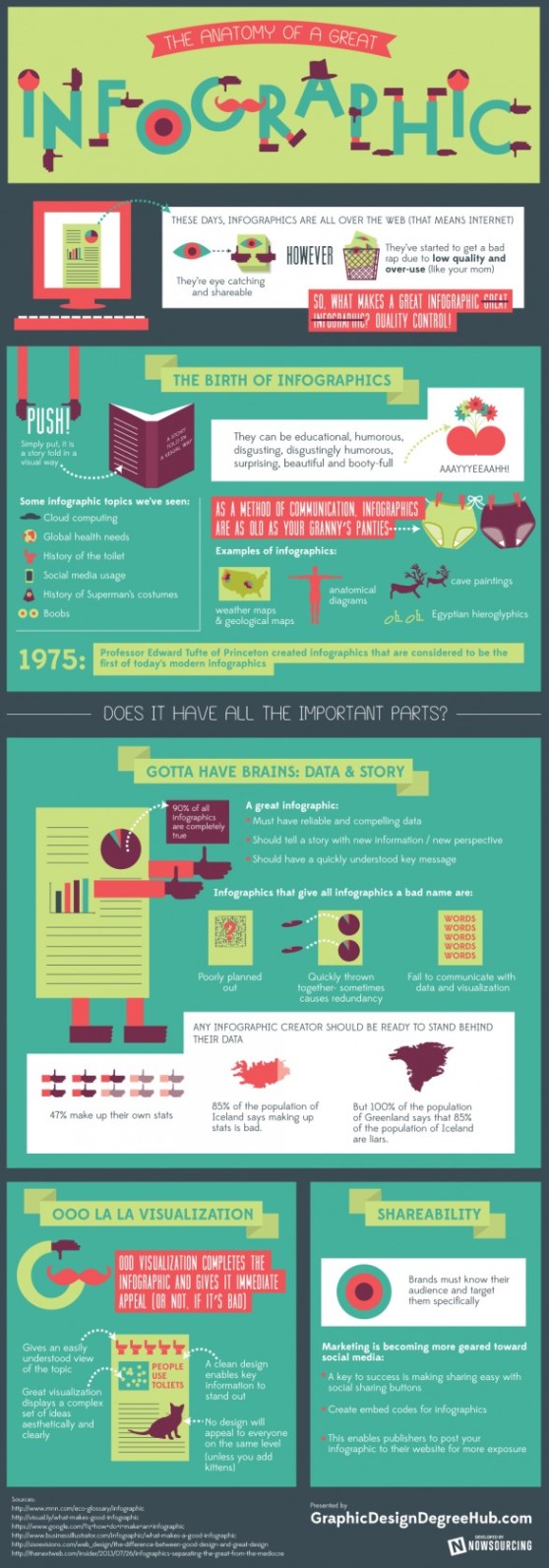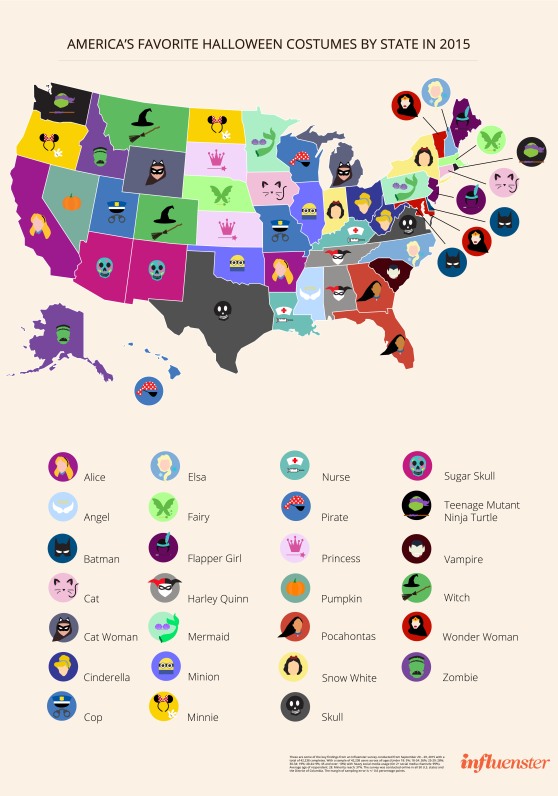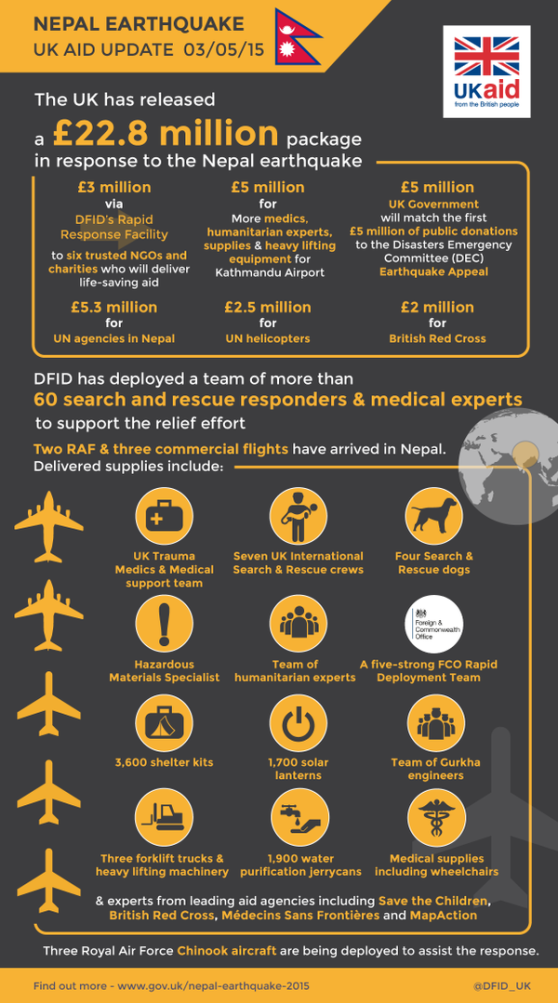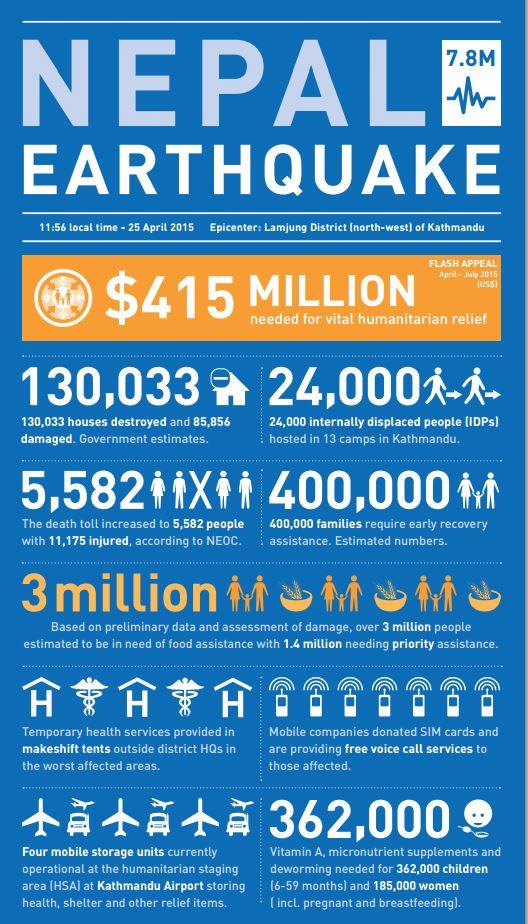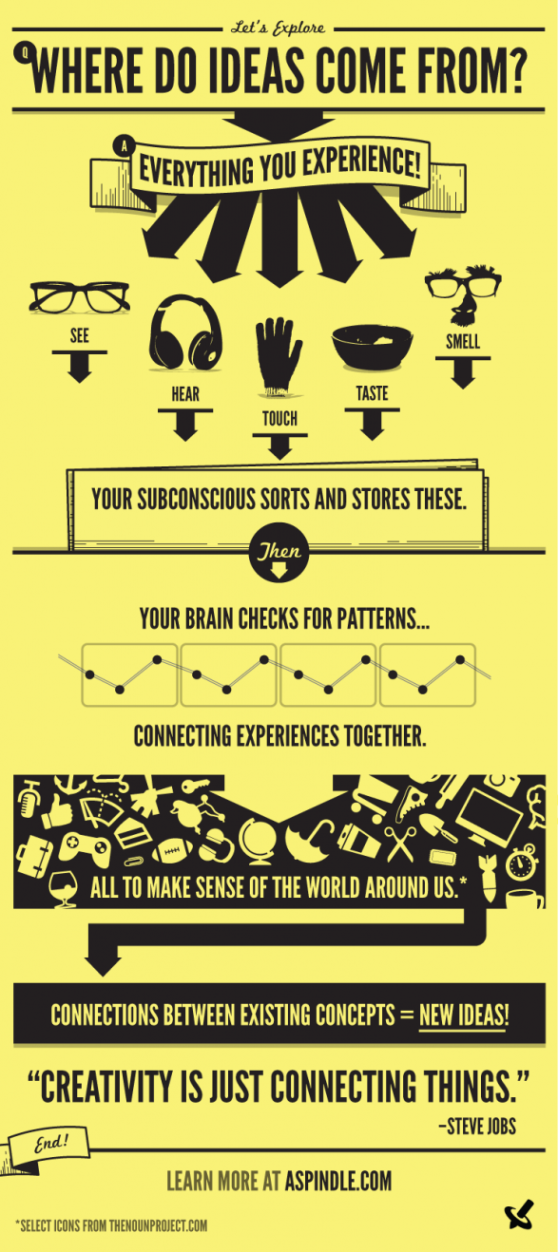It’s that time of year and I couldn’t be more excited for all that’s to come!
As we prepare for a new school year, one of the things we’re often doing is modifying or updating our class syllabus and expectations. And often, despite our best efforts, these tend to have more blocks of text than we’d like, and our students stare at it and us blankly when we review it in the beginning of the school year.
Enter the “Visual Syllabus” or what I like to call the Syllabus-Gone-Infographic. Infographics are effective ways of presenting information largely because of their layout and visual-quality. Bottom-line, students might find themselves reading over it simply because it looks cooler or easier to read. Plus, you can put a QR code on it that will link them to your website.
A New Classroom Poster?
AND if you have a really rad syllabus, who’s to say you can’t use your school’s poster printer to make a large laminated copy to display in your classroom?
A Few Examples:
So here are a few examples of teachers’ visual syllabi.
Many of these were created using piktochart, a free site to make infographics (that also has a PRO Version discounted for Educators)

To see this full infographic, click hereenglish 9, version 2 | Piktochart Infographic Editor.

To see this full infographic, click here: 2014-15 Syllabus | Piktochart Infographic Editor.
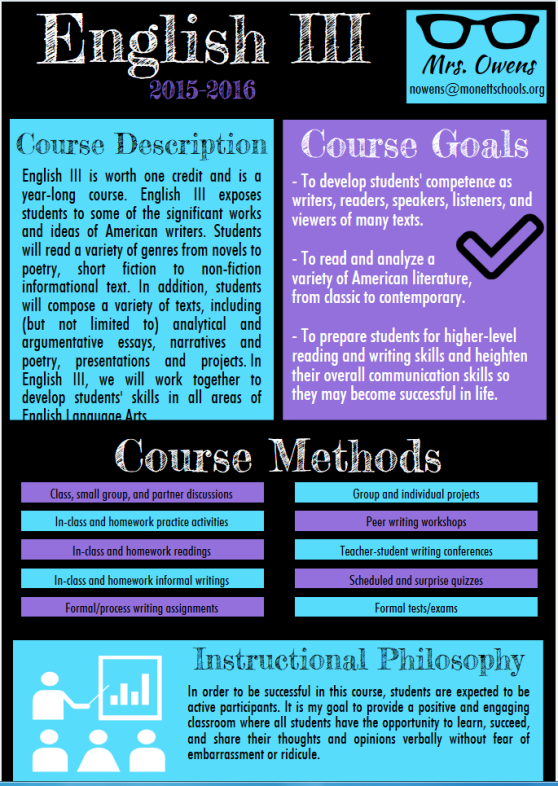
To see this full infographic, click here: English III Syllabus | Piktochart Infographic Editor.
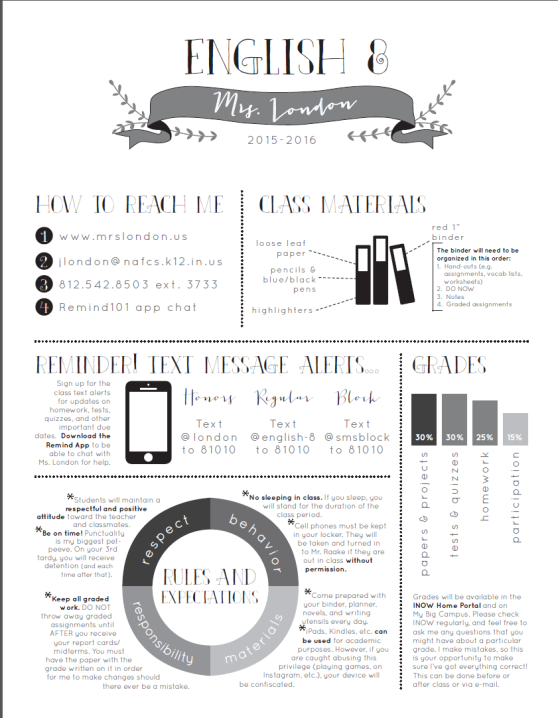
To see this full infographic, click here.
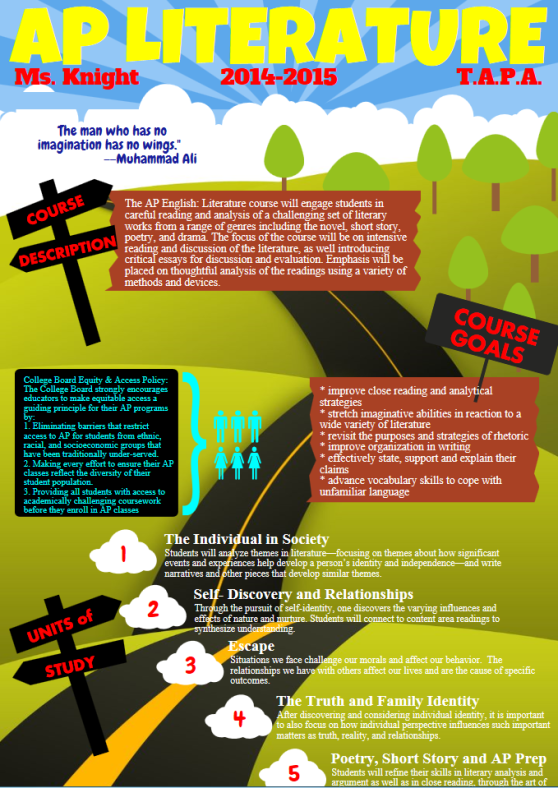
To see this full infographic, click here: AP Literature | Piktochart Infographic Editor.



